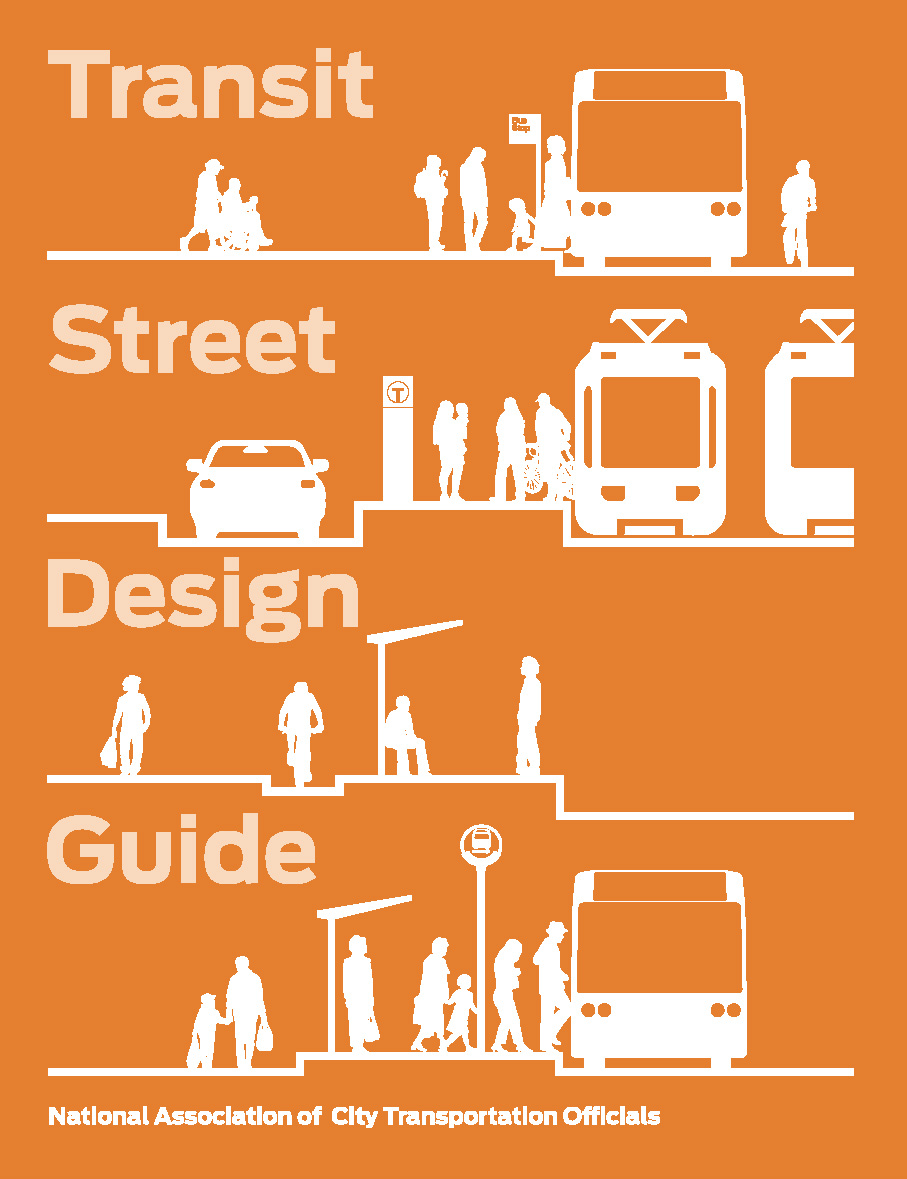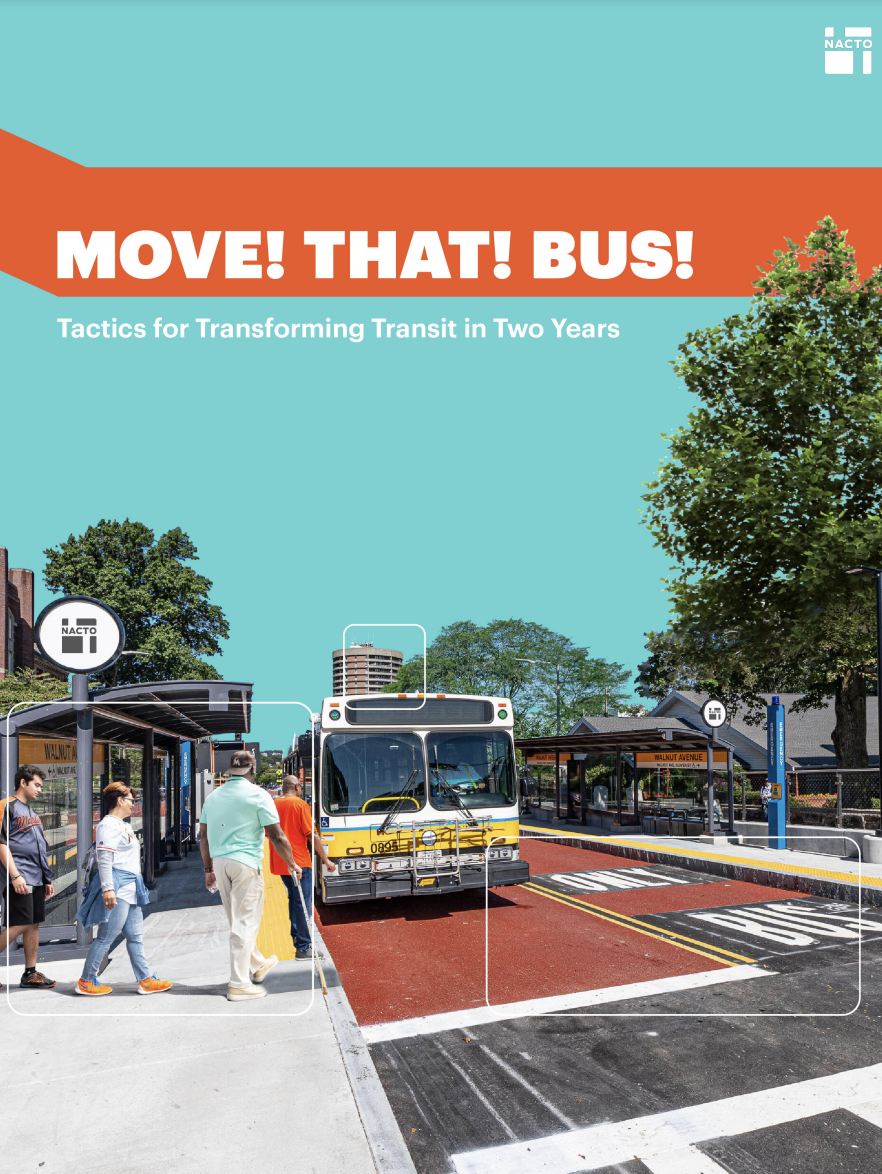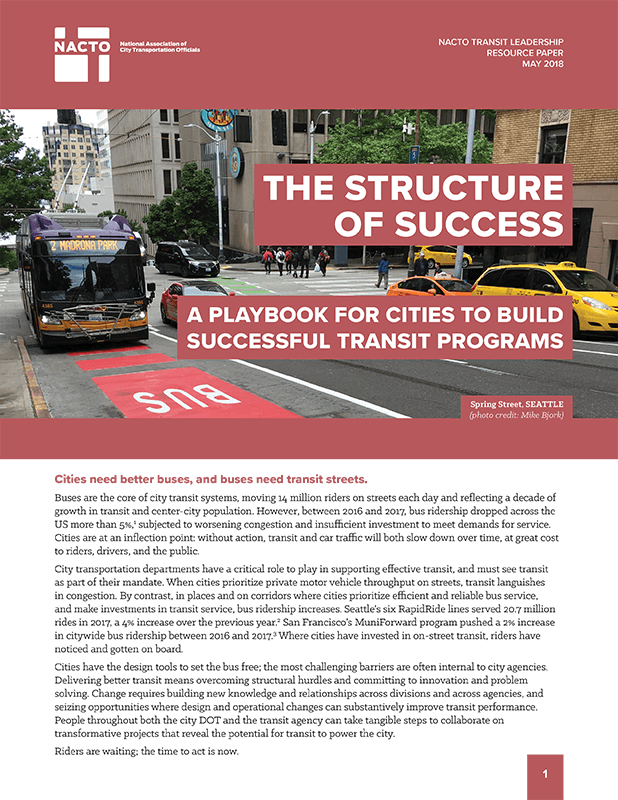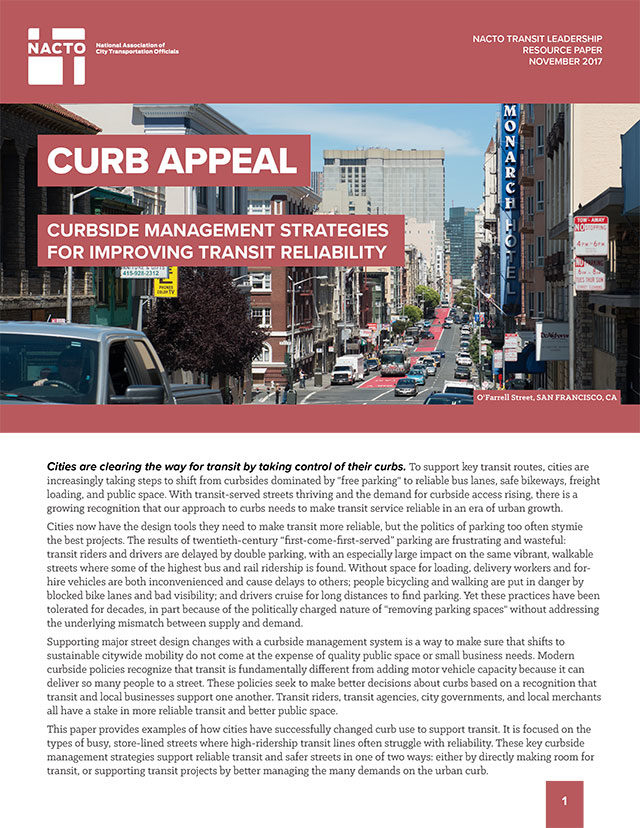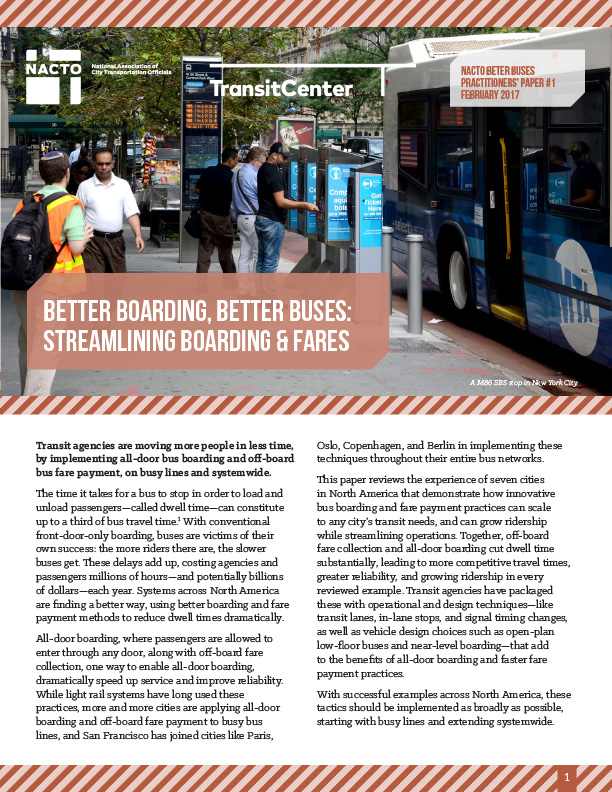Reliable public transportation depends on a commitment to transit at every level of design. The Transit Street Design Guide sets a new vision for how cities can harness the immense potential of transit to create active and efficient streets in neighborhoods and downtowns alike. Developed through a new peer network of NACTO members and transit agency partners, the Guide provides street transportation departments, transit operating agencies, leaders, and practitioners with the design guidance and tools to actively prioritize transit on city streets.
The online version of this guide is coming soon! In the meantime, you can order the book here:
